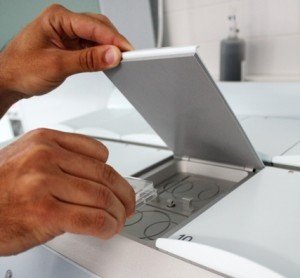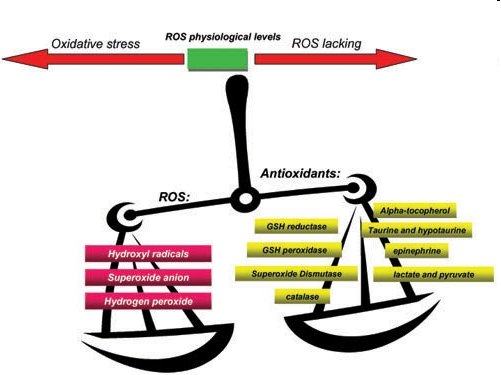
Physiological conditions in embryo culture: reduction of the amount of oxygen in the incubator
Improving embryo culture by mimicking the conditions generated during in vivo culture is a key contributor towards improving success rates in couples who turn to in vitro fertilisation in order to solve their sterility issue.
In vitro culture of human embryos has traditionally been carried out in incubators in a controlled atmosphere at 6% CO2 and 21% O2. However, based on studies carried out on different species of mammals, we know that these conditions do not match those found in vivo in the fallopian tubes and the uterus where oxygen tension ranges between 2 and 8%.
This supraphysiological concentration of oxygen has been associated with a possible negative impact on embryo development and the end result sought during assisted reproduction technology (ART) due to the formation of reactive oxygen species (ROS).
This supraphysiological concentration of oxygen has been associated with a possible negative impact on embryo development and abnormalities in gene expression due to the formation of reactive oxygen species (ROS).
ROS are molecules derived from O2. They act as strong oxidant agents that can alter the function and structure of many molecules that could then potentially compromise the viability of the embryo.
There is evidence to suggest that a reduction in ROS in the environment surrounding the embryo could potentially lead to an improvement in ART results. The proposed strategy for preventing the formation of harmful agents of this kind consists of culture in incubators designed specially in order to maintain partial pressure at 5%, or even lower, in an attempt to mimic in vivo conditions. In doing so, it has been possible to reduce ROS levels in the laboratory and improve embryo quality and, in short, increase pregnancy rates.

Jaime Guerrero, biologist of Instituto Bernabeu
